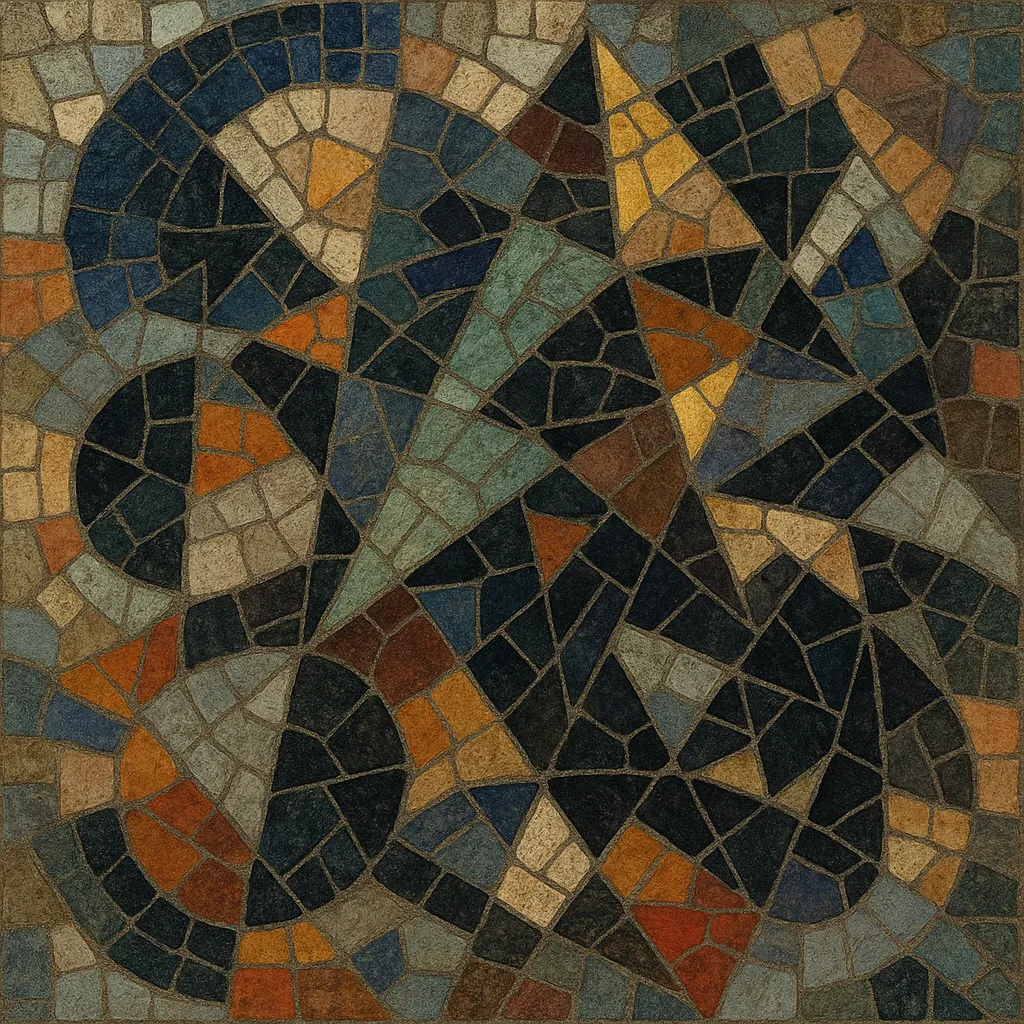Indeterminacy is a strand of post‑war experimental music in which some aspects of a composition are left to chance or to the free choice of the performer, ensuring that no two realizations are exactly the same.
The approach encompasses chance procedures used during composition (e.g., tossing coins or consulting the I Ching), open or mobile forms in which sections may be reordered, graphic or text‑based notation that prompts interpretation rather than strict reading, and time‑bracket techniques that specify durations but not exact synchrony. Closely associated with the New York School (John Cage, Earle Brown, Morton Feldman, Christian Wolff), indeterminacy challenged traditional authorship, fixed works, and score‑bound precision by shifting agency to processes and performers.
While often conflated with “aleatoric” music, indeterminacy typically denotes unpredictability at the level of performance/realization (open form, variable notation), whereas chance composition may use randomness to create a fixed score. In practice, many works combine both.
Indeterminacy emerged in the United States during the early 1950s, centered on the New York School. John Cage’s use of chance operations (e.g., Music of Changes, 1951) and later time‑bracket pieces reframed composition as the setting of conditions rather than prescribing every note. Earle Brown introduced mobile/open forms (e.g., December 1952), Morton Feldman explored notation that invites performer choice over durations and dynamics, and Christian Wolff developed sparse, relational scores in which players respond to each other rather than a conductor.
In parallel, European post‑war modernists engaged with variability: Karlheinz Stockhausen’s Klavierstück XI and Pierre Boulez’s Third Piano Sonata offered multiple pathways through the material. These practices reacted to (and diverged from) total serialism’s determinism, broadening the definition of a musical “work.”
Indeterminate methods spread into concert music, experimental theatre, Fluxus event scores, electroacoustic practice, and instructional pieces. Composers refined techniques such as graphic notation, cue‑based ensembles, time brackets, and performer‑led coordination. Witold Lutosławski’s “controlled aleatoricism” allowed rhythmic independence within tightly specified pitch materials, demonstrating a spectrum from open to constrained indeterminacy.
The ethos of openness influenced early minimalism’s process‑focus and flexible ensembles, as well as free improvisation, live‑electronics performance practices, and experimental rock’s use of graphic scores and chance devices.
Indeterminacy remains a core strategy in contemporary composition, sound art, and interdisciplinary performance. Composers and improvisers use modular scores, text instructions, and algorithmic or generative systems to facilitate variable outcomes, often integrating live electronics, sensors, and networked ensembles. The approach continues to inspire practices that privilege listening, contingency, performer agency, and context‑sensitive realization over fixed, definitive versions.
Decide what will be left open: ordering of sections (mobile form), exact rhythms and synchrony (time brackets), pitch choices within a collection, instrumentation, or interpretive elements such as dynamics and timbre.
Use graphic notation, text instructions, or modular cells. Provide clear constraints (e.g., play any 5 cells in any order within 3 minutes; overlap freely; remain sotto voce). Indicate cues for entering/leaving, density targets, or interaction rules between players.
If using chance in composition (dice, I Ching, random generators), define boundaries such as pitch sets, registral limits, or durational ranges. For performance indeterminacy, specify time‑brackets (e.g., start between 0:30–0:45; sustain 10–15 seconds) or independence of parts without bar‑to‑bar alignment.
Any ensemble can be used—from solo to chamber groups—with extended techniques welcome. Prepared instruments, unconventional objects, radios, or simple electronics (contact mics, feedback, live processing) can add unpredictability while remaining within defined constraints.
Rehearse listening and coordination strategies rather than fixed synchronization. Encourage performers to explore multiple realizations, documenting choices. For electronics, test fail‑gracefully setups where variability (randomization, live sampling) is musically bounded.
Provide a legend for symbols, examples of possible realizations, and performance notes outlining intent and limits. Emphasize that the piece is a set of conditions that yields many valid outcomes, not a single definitive version.


